
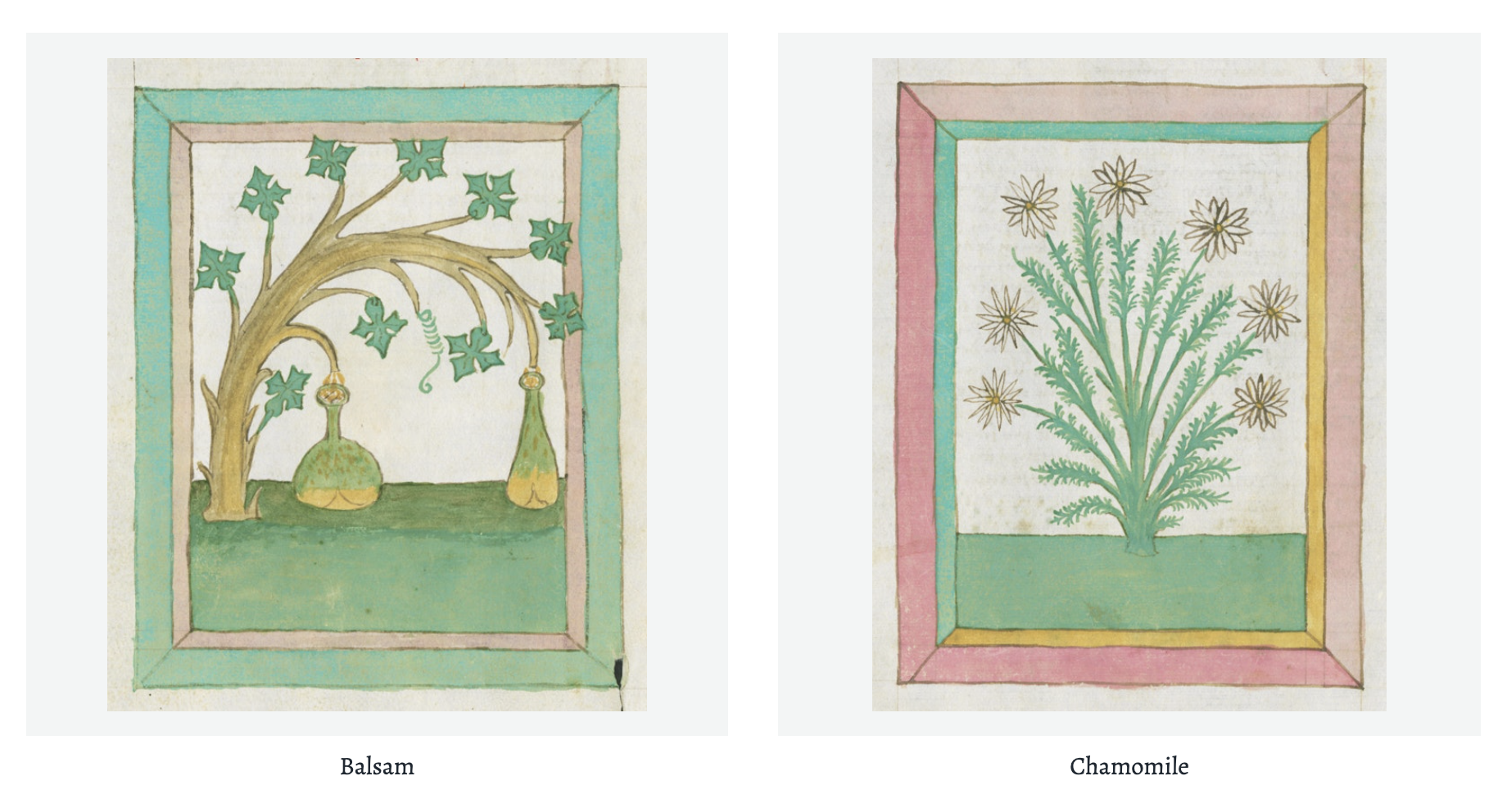

When Konrad von Megenberg published his Buch der Natur in the mid-fourteenth century, he won the distinction of having assembled the very first natural history in German. More than half a millennium later, the book still fascinates — not least for its depictions of cats, previously featured here on Open Culture. Even the works derived from it have charms of their own: take the Kräuterbuch (or “Book of Herbs”) from 1462, in which Duke Albrecht III of Bavaria’s personal physician Johannes Hartlieb adapts a section of the Buch der Natur with its own full complement of 160 illustrations.
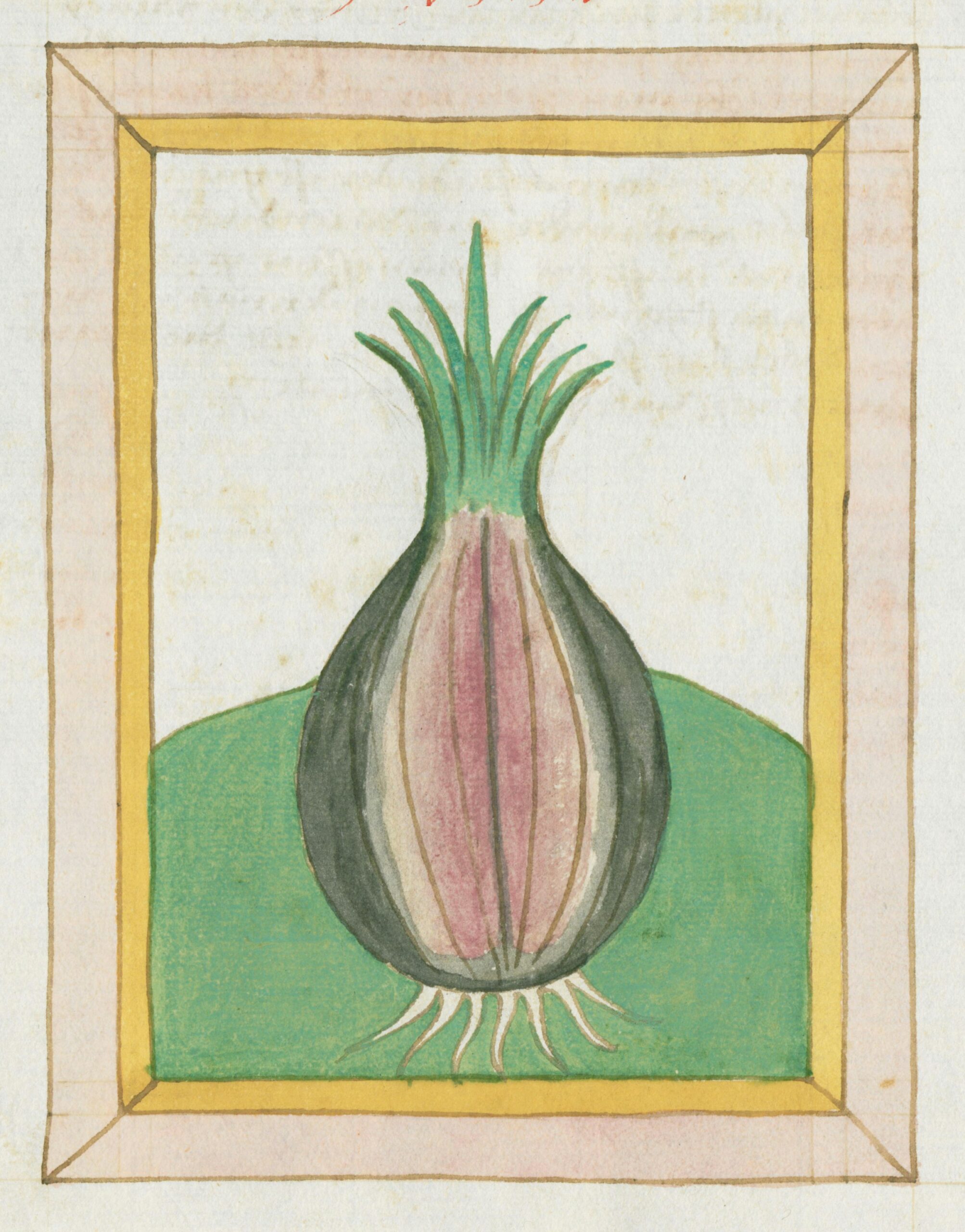

“Hartlieb’s subject is plants, mostly herbs, and their medical uses,” says the Library of Congress, on whose site you can view and download the book. “What makes the Kräuterbuch special is the side-by-side presentation of text and images. The high cost of such a richly decorated book makes it unlikely that it was actually used by doctors or pharmacists of the time.”
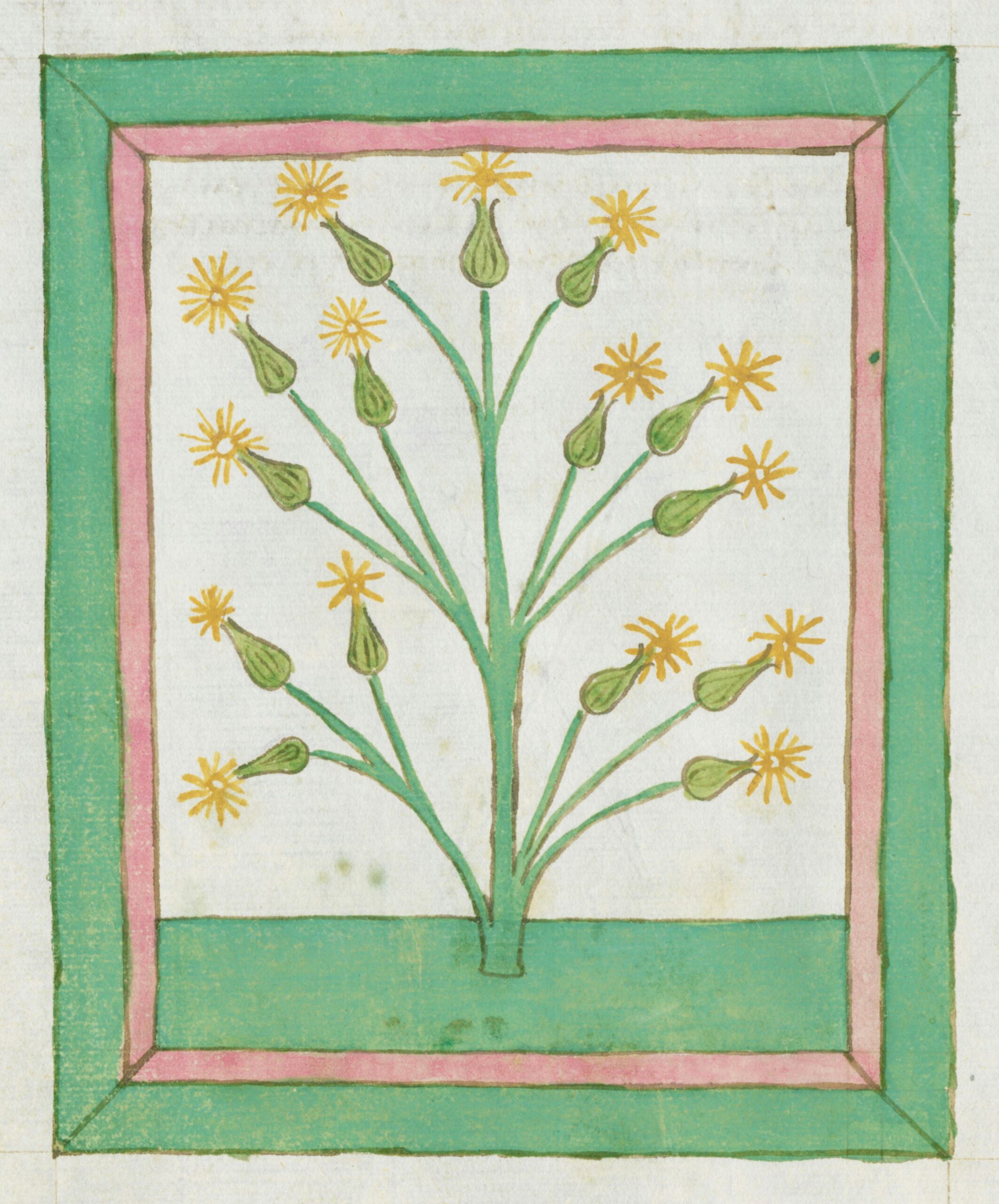

But even if they lack a certain scientific practicality, these botanical presentations have a bright, simple boldness that, in some respect, suits our visual aesthetics here in the early twenty-first century; you could call it a renaissance equivalent of flat design.
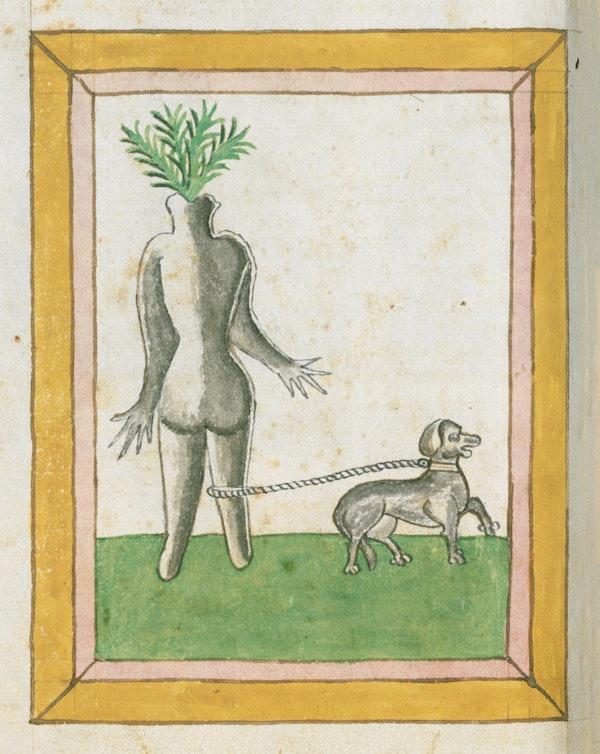

“Each chapter of the Kräuterbuch follows a traditional system of botanical classification derived from the Greek philosopher Theophrastus,” writes Hunter Dukes at the Public Domain Review, which also offers a gallery of the book’s illustrations. “Animals are portrayed as pharmacologically knowledgeable, such as in an account of deer rubbing themselves on pepperweed (Lepidium latifolium) to remove hunters’ arrows”; another section holds that “deadly carrots (Thapsia) aid beggars in their deceptions — rubbed on the face, they will produce signs of leprosy, which can also be cured with vinegar.” Discussing the poisonous mandrake (see image immediately above), Hartlieb carries forward von Megenberg’s suggestion “that its magical properties should be kept secret from commoners,” who, naturally, would never be in possession of such a lavish tome. Now all of us can access the Kräuterbuch — and most of us know that we’d be better off not messing around with mandrake at all.
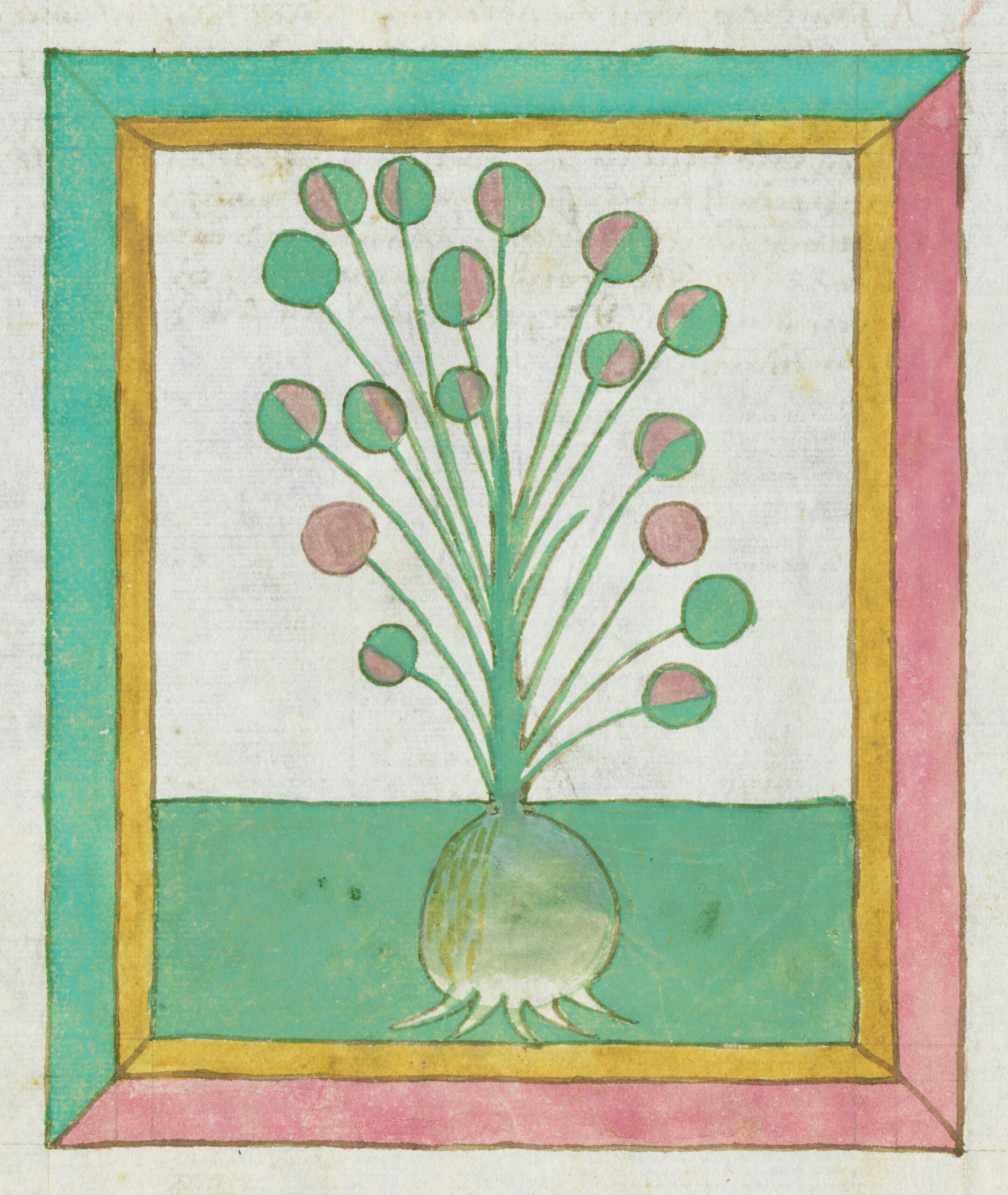

Related content:
Based in Seoul, Colin Marshall writes and broadcasts on cities, language, and culture. His projects include the Substack newsletter Books on Cities and the book The Stateless City: a Walk through 21st-Century Los Angeles. Follow him on Twitter at @colinmarshall or on Facebook.